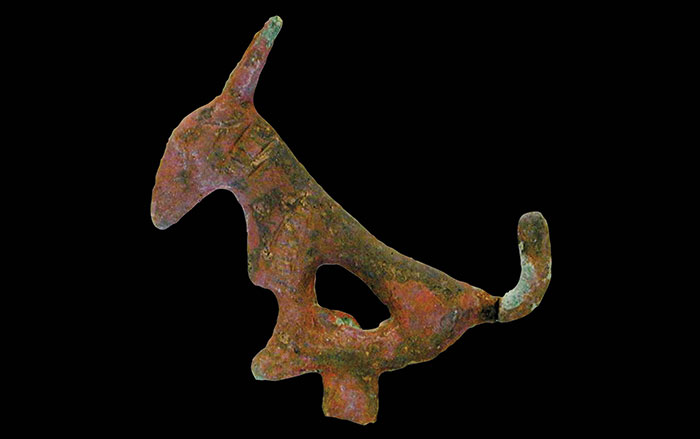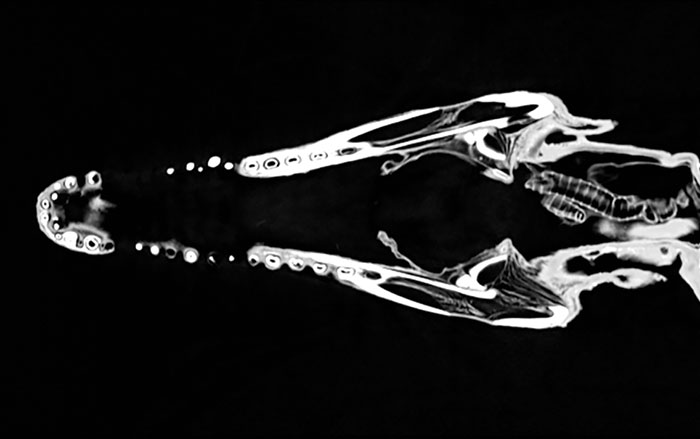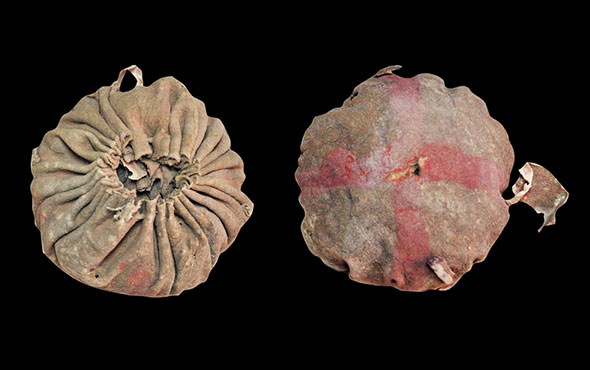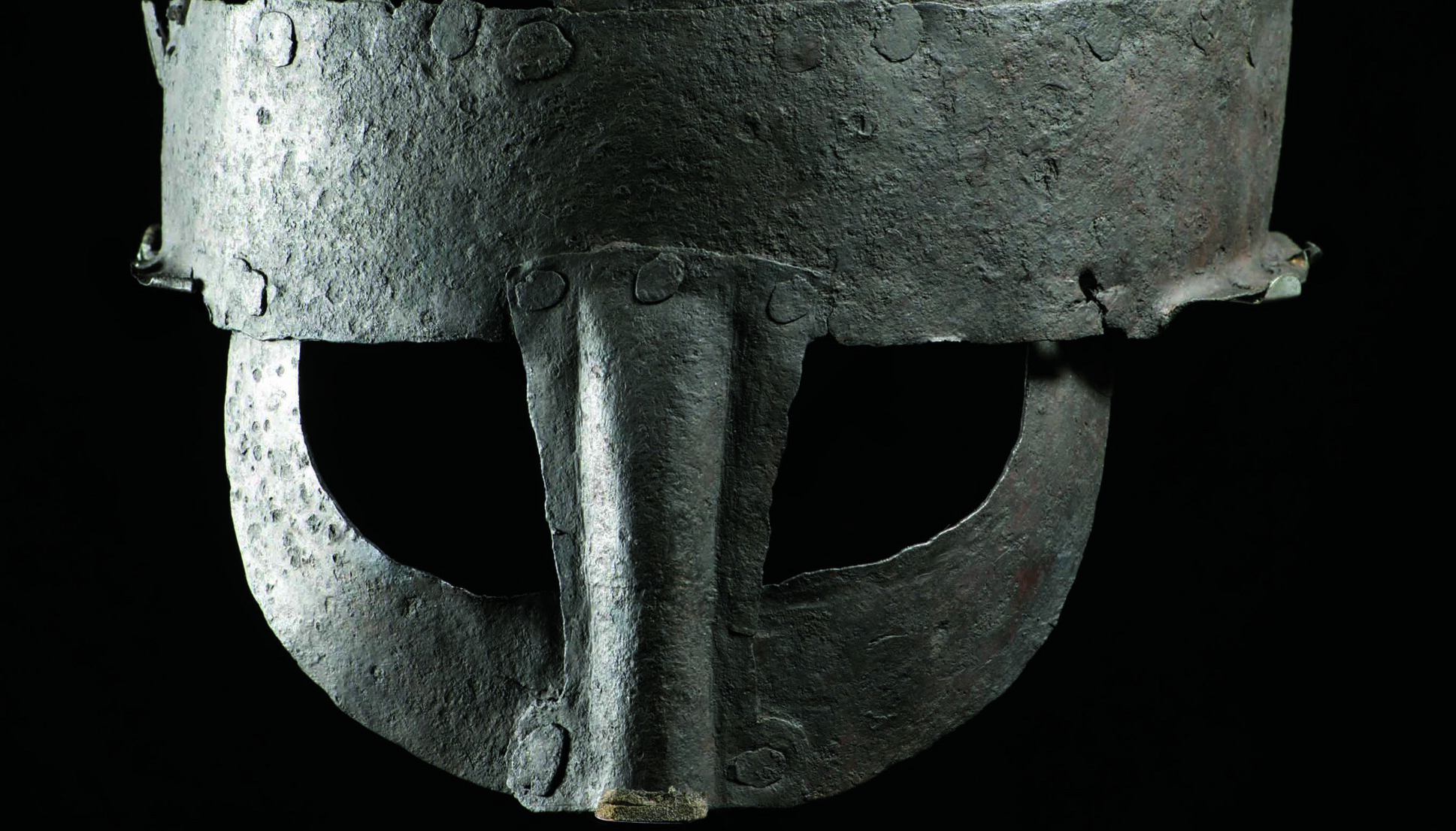
DAKAHLIA, EGYPT—According to an Ahram Online report, 110 burials containing the remains of adults and children have been found at the Koum el-Khulgan archaeological site in the Nile Delta region of northern Egypt. Pottery, amulets, scarabs, stone tools, and flint knives were also recovered. Mostafa Waziri of the Supreme Council of Antiquities said that more than 60 of the graves are oval-shaped and date to the Predynastic period, from about 6000 to 3150 B.C. In these tombs, the bodies were placed in a flexed position on their left sides. Newborn remains were placed in clay pots. Five of the oval tombs date to the Naqada III period, from about 3200 to 3000 B.C., he added. Thirty-seven of the graves are rectangular in shape and date to the Second Intermediate period, known for the rule of the Hyksos, between about 1640 and 1540 B.C. The remains of young children from this era were placed in clay sarcophagi. To read about more than 100 painted wooden coffins unearthed at the Saqqara necropolis, go to "Mummy Cache," one of ARCHAEOLOGY's Top 10 Discoveries of 2020.










